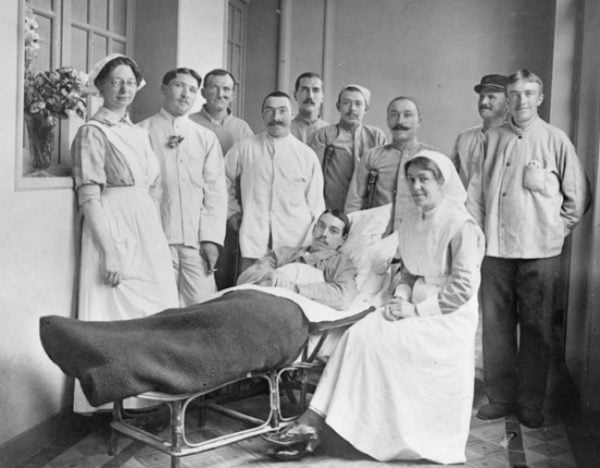
The statues in public spaces around Australia tend to have something in common (other than a healthy smattering of pigeon poo). They are, overwhelmingly, of blokes; white blokes, more specifically. Long-dead explorers and Governors, politicians and sports stars, soldiers, even botanists.
To be fair, there are a couple of women in the mix. Although, they tend to have earned a spot atop a plinth by being royalty, or giving birth to the Son of God (hello, Mary).
As Caroline Overington noted on ABC’s The Drum last week, the lack of public recognition of women in statue-form has occurred because, historically, women’s stories have not been widely told.
“The histories that have been written have been written by men, and they have been written about the things that men do. And men owned the newspapers, and edited them and sat in parliament, and were the Prime Minister and the Premier,” she said. “And as a result you have a history skewed toward men.”
So perhaps it’s time we let our statues tell herstory, too. Note, that’s too, not instead of. Because it’s not about tearing the others down, or the men they honour, but about accepting that there’s room for both, in our story and our squares.
Here are a few suggestions.
Muriel Matters
This is the woman Overington would like to see immortalised “in every public square in Australia”. Born in South Australia, in 1905 Muriel took the fight for suffrage to the UK where she become one of the most pivotal figures in the women’s rights movement.
As well as chaining herself to the Grille of the Ladies’ Gallery to protest segregation in British parliament, ‘that daring Australian girl’ campaigned on street corners, lectured at home and abroad, toured England with a horse-drawn carriage, and even took her fight for suffrage to the sky by dropping pamphlets over London from a hot-air balloon.






























































































